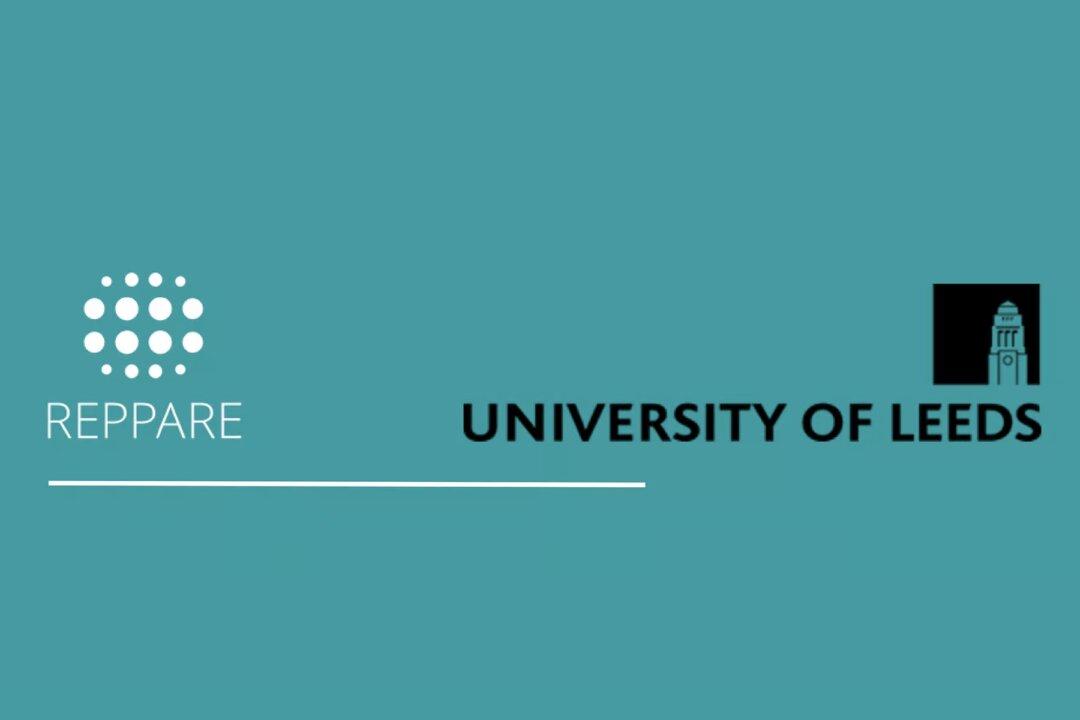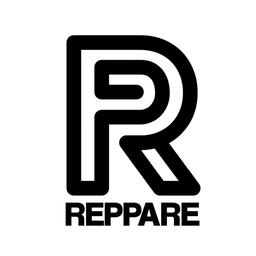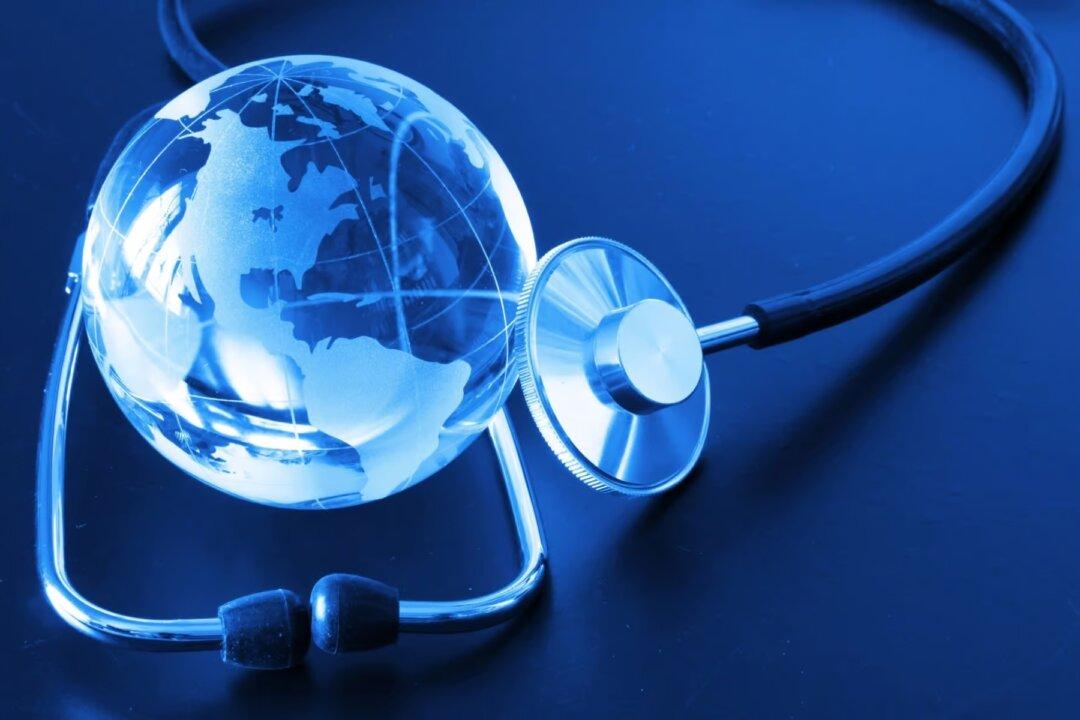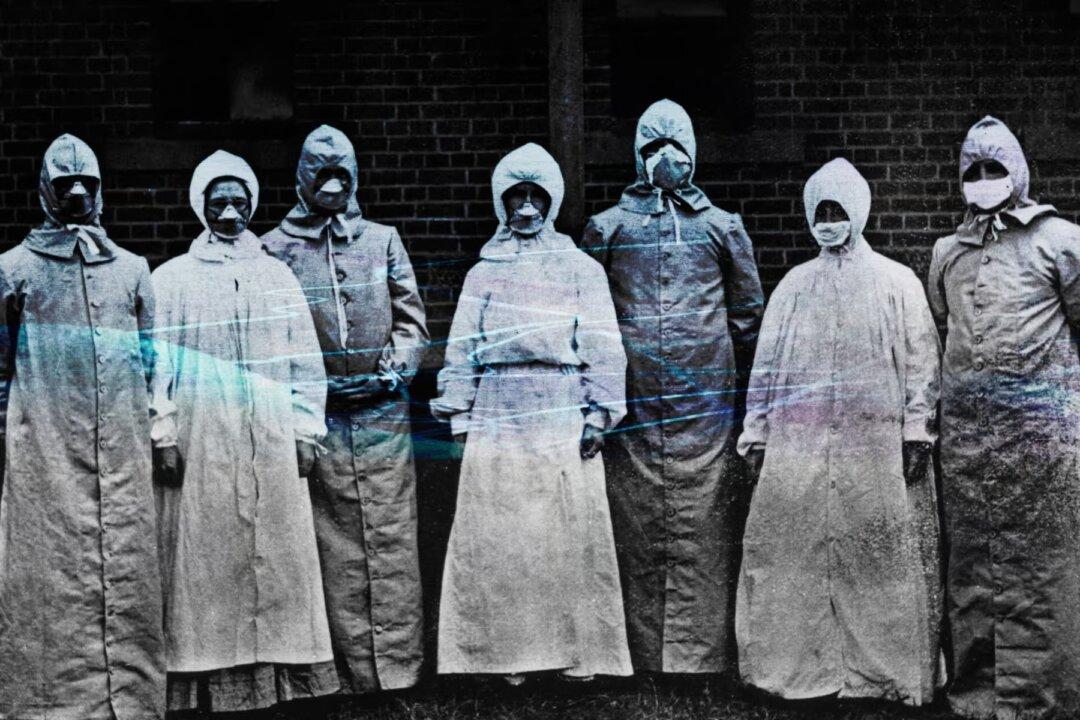News Analysis
At the end of May 2024, the World Health Assembly will vote on whether to adopt two legally binding World Health Organization (WHO) instruments: a new Pandemic Agreement and amendments to the International Health Regulations (IHRs). These policies have been designed to coordinate and standardize national-level pandemic preparedness, complementing other emerging pandemic preparedness initiatives such as the World Bank’s Pandemic Fund, the WHO International Pathogen Surveillance Network (IPSN), and the Medical Countermeasures Platform (MCP).
There have been wide-ranging estimates regarding the cost of supporting these pandemic prevention, preparedness, and response (PPPR) instruments and how these costs can be financed. For example, the G20 High Level Independent Panel (HLIP) recommends global and country level investments of US$171 billion over five years, with an unspecified amount annually thereafter. The World Bank estimates that an additional US$10.3 to US$11.5 billion will be required to boost One Health as an accessory to PPPR.An influential report written by McKinsey & Company estimated PPPR to cost anywhere from US$85 to US$130 billion over two years, with annual costs thereafter of US$20 to US$50 billion. The WHO and World Bank estimate that PPPR investment requires US$31.1 billion a year, including US$10.5 billion in official development assistance (ODA). The HLIP did not include several PPPR-related activities within its original estimate, such as addressing antimicrobial resistance (AMR), health system strengthening, and elements of manufacturing medical countermeasures. If these costs are included, then PPPR costs reach nearly a quarter of a trillion dollars over the first five years of this endeavor, with further investments required to maintain capacities thereafter.




